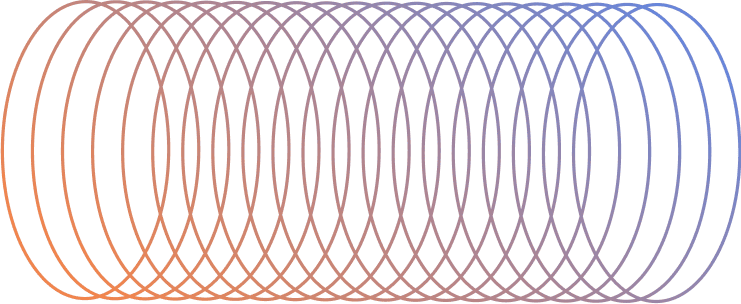When it comes to search engine optimization, there are progressive steps that come naturally in the order of success. After doing keyword research and finding what keyword phrases you need to target—based on search volume and competition—it is essential to frame your web pages and blog articles around optimized title tags and meta descriptions.
Once you use this technique to let search engines know the significance of the copy you’ve written, the emphasis of the page, it will have a much better chance of ranking higher—where it belongs.
Optimizing Titles
When you think about the title for your specific pages or articles it is important to try to use your keyword or keyword phrases that you are trying to target in the title. You get roughly 70 characters to title your pages and blog articles—keep in mind, this usually includes the name of your site, too.
What you need to think about is that you aren’t just stuffing keywords into a title just to rank. When you craft a title, it is the first thing that a searcher will see when they see your site appear in search engine results for the terms you were trying to rank for. If you have a spammy title, a consumer will not click on your link.
Depending on if you are using an extremely custom-built website or a common content management system like WordPress, you may have page titles that are different than you H1 tags on the page—check with a professional or your web designer if this is the case to make sure you are optimizing all your various titles tags across the site.
Optimizing Meta Descriptions
The same optimization strategy that you apply for title optimization should be applied to your meta descriptions. You have roughly 155 characters to fit two or three of the top keyword phrases that you are targeting to summarize what the page or blog article is about.
It is important to make this text extremely compelling. This is your only chance to impact your click-thru-rate and convince searchers that your result is better than the results around you.
What Happens if I Don’t Optimize?
The biggest problem is that if you don’t optimize your title and meta descriptions, your pages won’t let search engines know that those keyword phrases are important. Therefore, those pages won’t rank well for those terms.
Another significant problem is that in the case of meta descriptions, if you don’t choose one, search engines will scrape your page and choose what text it thinks is best for that page and display it in the results. More often than not, you will get gibberish, irrelevant text.
Pro Tip: Optimize for Long Tail Keyword Phrases
When choosing titles and keyword phrases for your meta descriptions, target long tail keyword phrases. These are easier to rank for and as you do well for these, you will start to garner links and perform better for the harder phrases.






